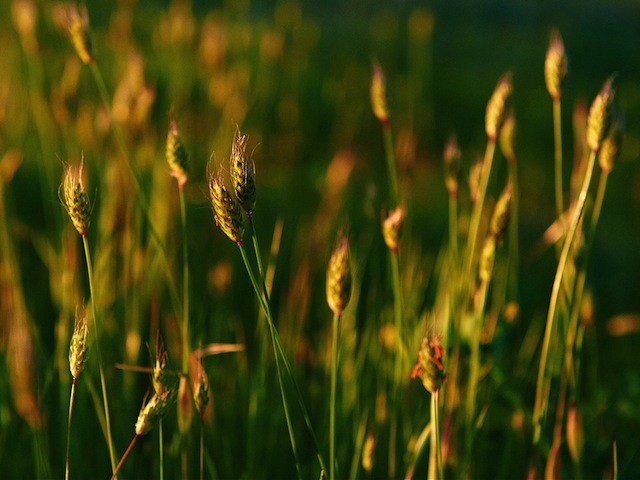Scenes Of Horror Happening All Around Us Right Now, Ranked
by Alexandra Molotkow

earns its name by eating decaying flesh in both larval and adult form. Sometimes adults may be seen eating fungi or rotten fruit in addition to maggots and other insect larvae that also feed on decaying animals. Dried skin and muscle tissue is eaten as well.
While not bees, their resemblance to bees allows them to
lay their fertilized eggs in the ground nests of certain solitary bee species. The Black-Tailed Bee Fly larvae hatch and eat the larvae of the resident bees, making them parasites. Once they eat the competition, they go on to eat any food stores left by their mother. They will then pupate in that nest and eventually emerge as adults in the summer.
10. Assassin Bug
The strong beak found on Assassin bugs is used to repeatedly, and violently, stab its prey to death, hence the name “assassin.”
This insect will also inflict terribly painful bites to careless humans.
Adults rely on cellulose-destroying protozoans in their digestive organs in order to glean nutrition from the wood. In order to ingest the same necessary protozoans, the nymphs must feed on the fecal matter of adults. Without the feces, which harbors the living protozoans, the nymphs would essentially starve to death.
Larvae eat decaying wood from a variety of dead trees: pines, oak, maples and more. They take 2 years to become adults, pupating inside the rotted tree in a protective cell made of soil and their own feces.
Doodlebug dig cone-shaped holes into the soft soil or sand and lay in the bottom. When an ant at the surface gets too near the edge, it slips into the hole and slides down to the waiting jaws of the Antlion larva. The Antlion larva will grab the ant and use part of its mouth parts to inject an enzyme that allows the internal body parts to be easily sucked out of the ant.
6. Potter Wasp
A female will lay just one egg inside [its] chamber and then place paralyzed caterpillars inside as well before sealing the nest at the opening. The parasitic wasp larva will eat the caterpillars before digging its way out of the chamber.
5. Spider Wasp
This species will attack a jumping spider and paralyze it. The wasp may even pull off a few, or all, of its legs to expedite transport to its nest. The chelicerae (jaws) are strong and they hold onto the spider as the wasp walks, or flies if the spider is small, it back home.
Spider wasps nest in mud pots… A female will drop the paralyzed spider in one of the pots and lay a fertilized egg in there with it. They close the pot with mud or plant debris. Once the wasp larvae hatches, it eats the internal parts of the spider as it grows.
…adults are flower-loving and drink nectar.
The female Bee-Like Tachinid Fly lays a couple of fertilized eggs on or near a moth caterpillar. The caterpillar may inadvertently eat the eggs as it chews on the leaf the eggs were on. A larva will feed on its internal parts until the caterpillar dies.
The long abdomen (“tail”) of the female invokes trepidation among humans, but its primary purpose is not to sting. It is actually used to deposit eggs onto the backs of grubs living underground. She pokes deep into the soil until she hits one. She then lays one egg on it and moves on. When the egg hatches, the wasp larva will then burrow into the helpless grub and eat it from the inside out.
A spider with a cat face.
The Blue-Winged Wasp is a natural predator of [the Japanese Beetle] (as well as other beetle species) because its larvae eat the beetle grubs. A female wasp will dig up a beetle grub and sting it to paralyze it. She then digs a burrow around the grub and lays a fertilized egg into the hole with the grub. Once finished, she sets out to repeat the process on another beetle grub. Once each wasp larva hatches, it eats the paralyzed, yet still living grub, starting with non-essential organs first.
Source: insectidentification.org
Photo by Moyan Brenn via Flickr.